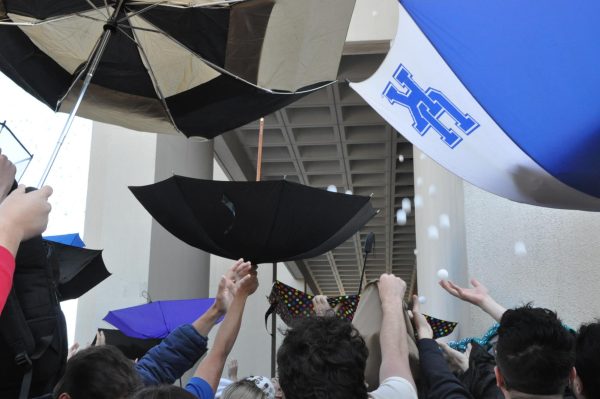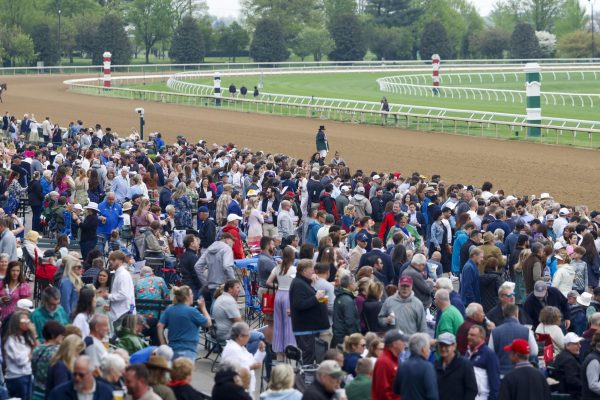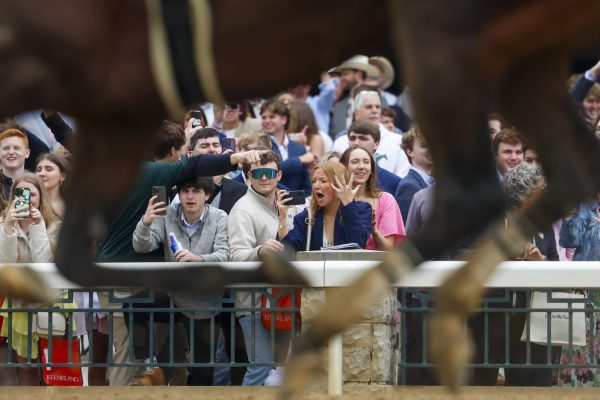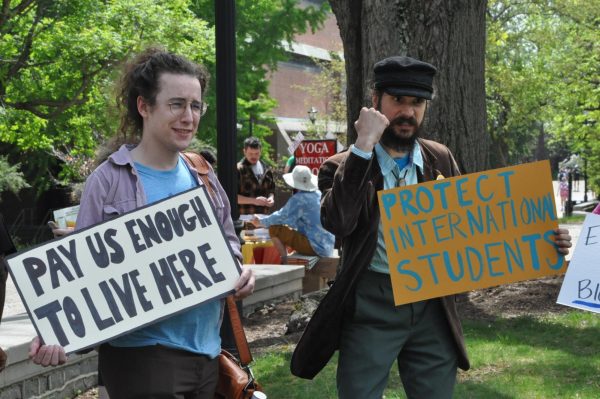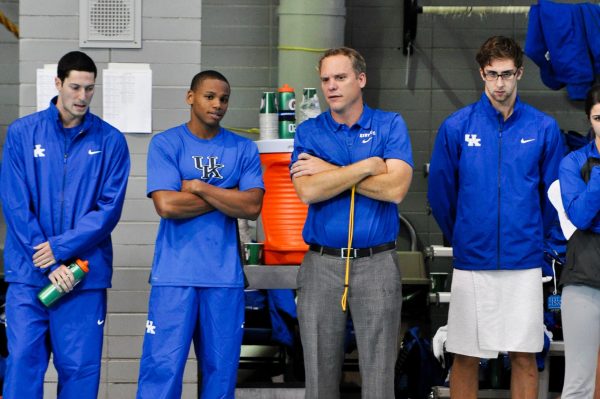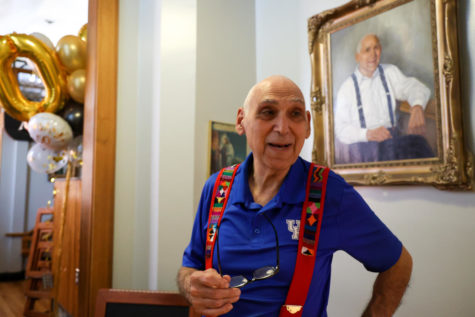Uk professor receives grant from NASA
December 4, 2014
By Hajin Yoo
A UK professor recently received a $500,000 grant from NASA to address the needs of America’s space aspirations.
Assistant professor of mechanical engineering Alexandre Martin’s project was one of the 11 university-led innovative proposals chosen by NASA as part of their Early Stage Innovations Space Tech Research Grant program.
Martin’s proposal, “Model Development and Experimental Validation of Reactive Gas and Pyrolysis Product Interactions with Hot Carbon Chars,” focuses on researching and designing heat shields to improve the efficiency of atmospheric entry for spacecraft.
“The (Mars) rover had a five meter heat shield,” Martin said. “When it landed and popped out, it (the heat shield) was useless. It served its purpose very well, but that gigantic five meter and two inch-thick (carbon material) was wasted afterwards.”
According to Martin, sending instruments to Mars or outer space is typically expensive. By having a large, expendable heat shield, the ability to send bigger rovers for improved research, or perhaps people, is wasted.
“If you’re able to not have a heat shield or at least reduce the thickness of it … that’s the goal of the grant … to make these more efficient,” Martin said.
According to Martin, his lifelong dream has been to work with NASA.
“I’ve been dreaming of that since I was little … I’m thrilled,” said Martin, who was acquiring his doctorate at the University of Montreal several years ago when he was invited to work for NASA for three months.
On campus, Martin will mainly be conducting computer simulations to figure out the theoretical aspects of the heat shields while his collaborators in California will be getting their hands on the physical facet.
“They’ll be taking materials and measuring to integrate research into their models,” Martin said.
Martin has worked for UK for nearly four years, and said that he spends time with his family when he’s not at work. In his office, he proudly boasts a picture of some of his students smiling before a Supersonic Wind Tunnel at NASA Ames. He said that much of his work today has continued to spur from his childhood dream.
“Engineering can seem very boring,” Martin said. “It can be extremely boring at times. But there are also parts of engineering that can be very exciting. I’m in space engineering and I’m thrilled. If you have passion it can be a nice path to be paid to do what you like. Like sending cars to Mars.”












































































































































